Working With Family
For Coke Wisdom O’Neal, placing portraits of loved ones on three-dimensional pedestals is merely the next move in a broad challenge of traditional portraiture.
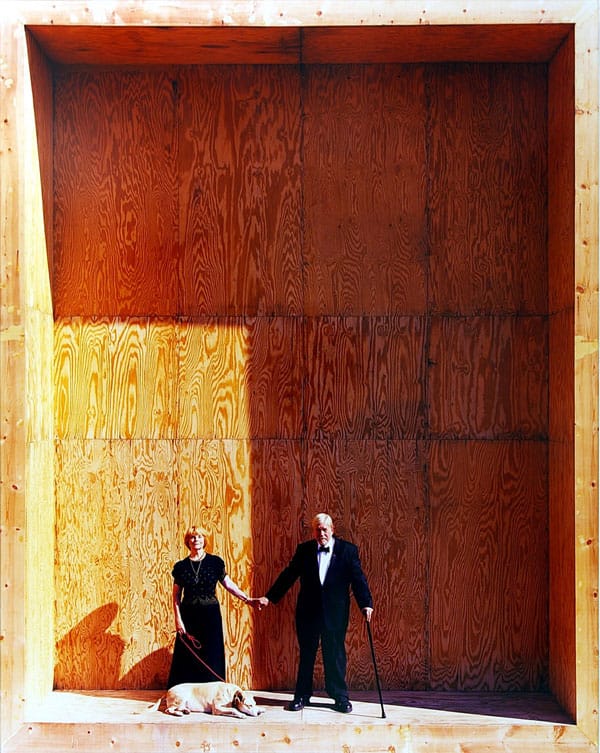
Interview by Nicole Pasulka
In this show, you’ve put portraits on pedestals, but your past work has also reimagined portraiture and exhibition space. How would you characterize your previous work?
In the “Medicine Cabinet” series, I photographed intimate objects of my “sitters” without their knowledge to achieve a more honest representation. I shot the contents of the cabinets as secret (and involuntary) portraits of my subjects.
In the show of “Boxes” I utilized the box as an apparatus to remove my subjects from their environments. The absurd size of the structure isolates and miniaturizes figures inside the box for a concentrated study. With a common background, each figure is a unique specimen. In Richard Avedon’s Photographs of the American West, his subjects are all shot on location on a white background. The subjects create their own narratives. The portraits are environmental without the use of an environment. I wanted to play with this idea, but in a ludicrous way. Continue reading ↓
All images courtesy Mixed Greens. All images copyright © Coke Wisdom O’Neal, all rights reserved.
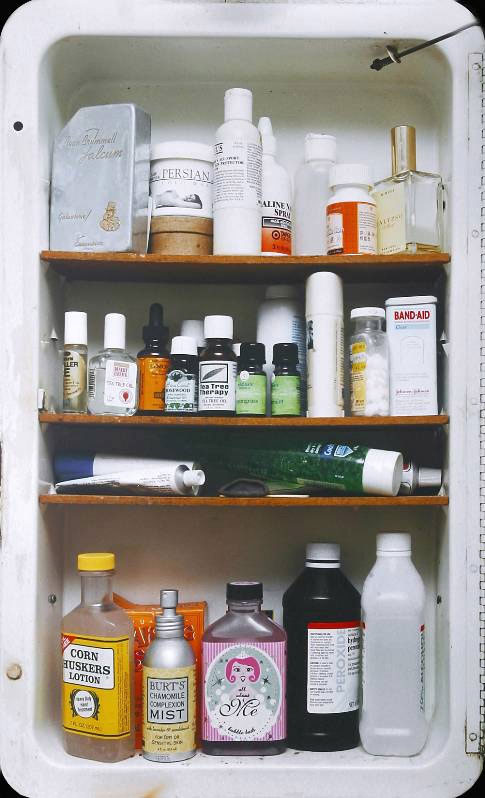
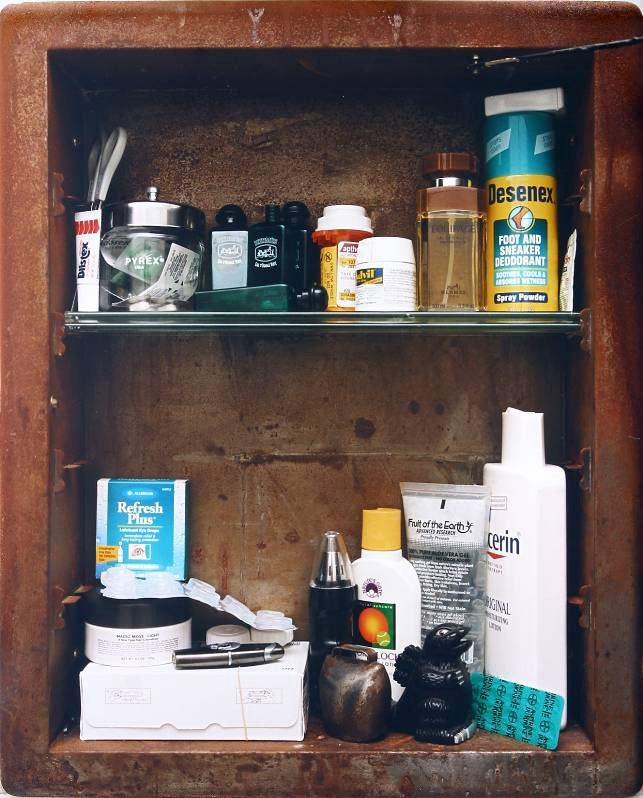
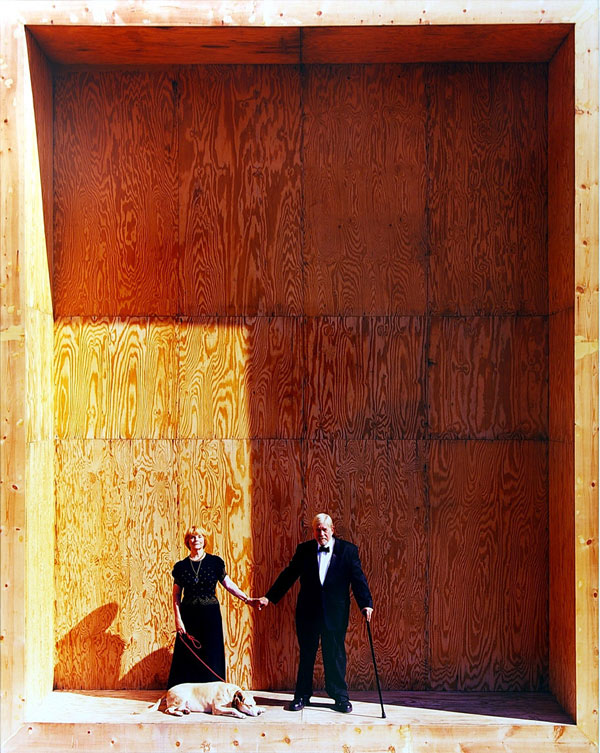
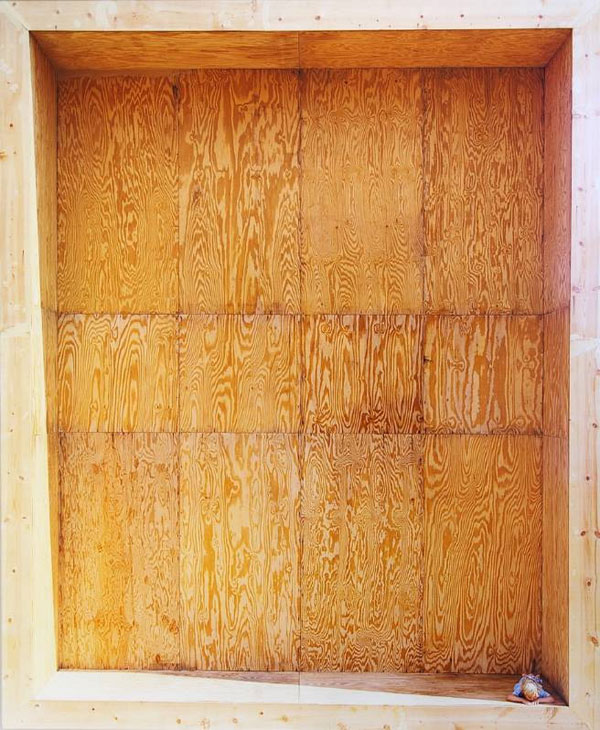
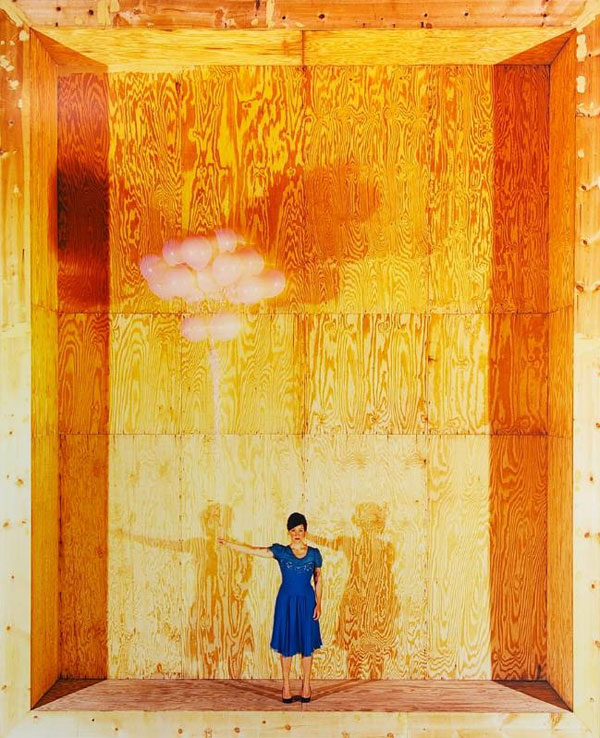
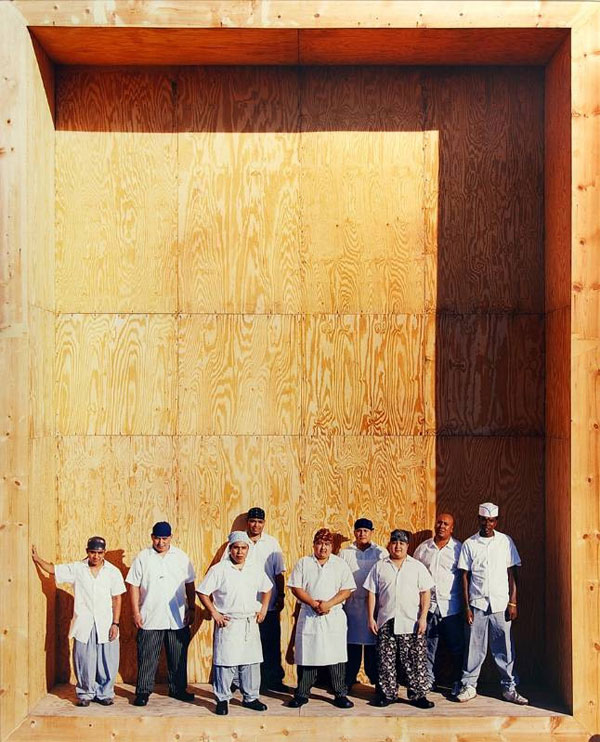
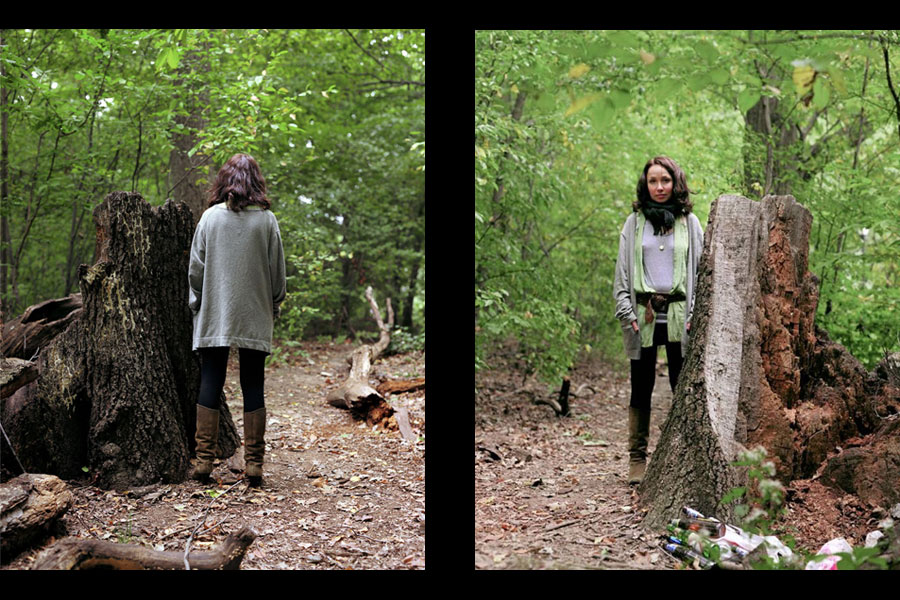
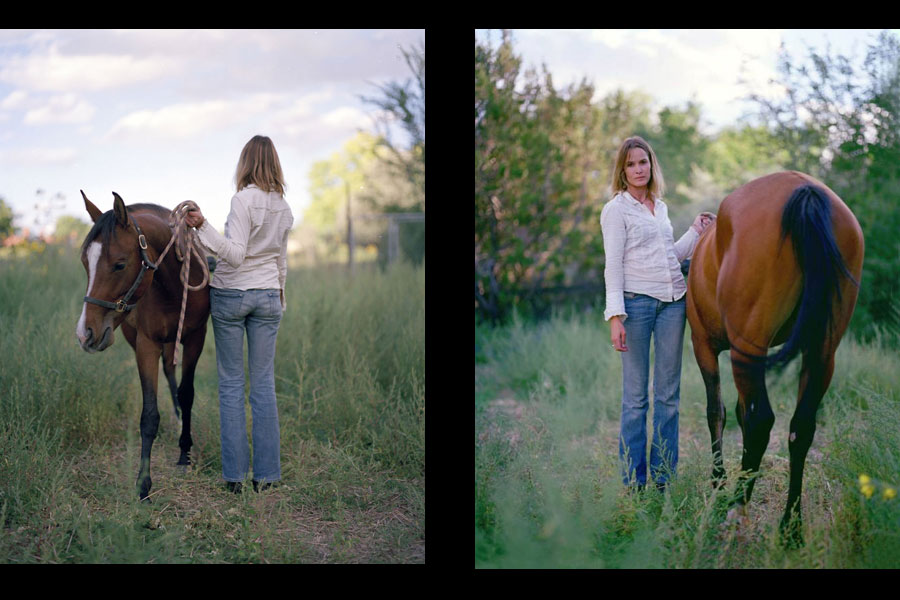
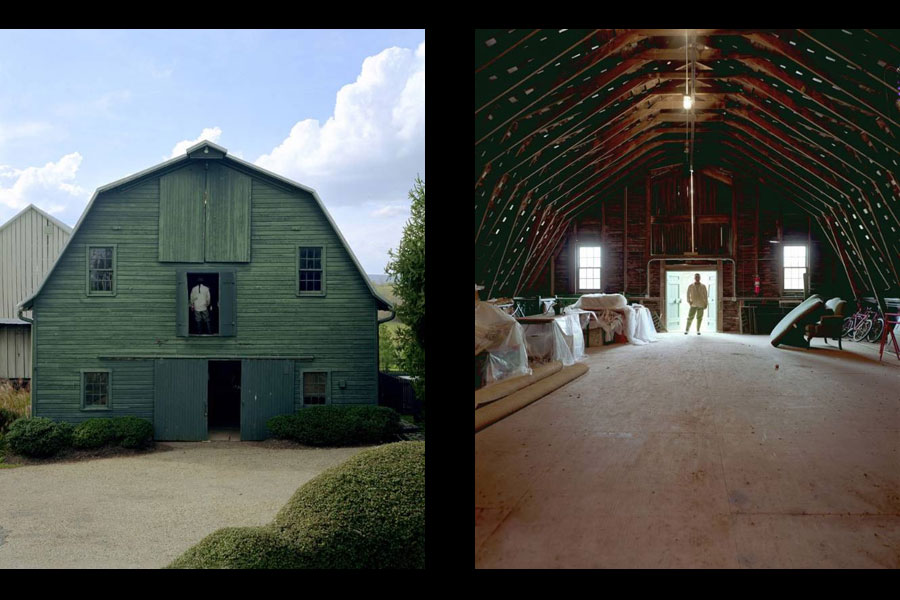
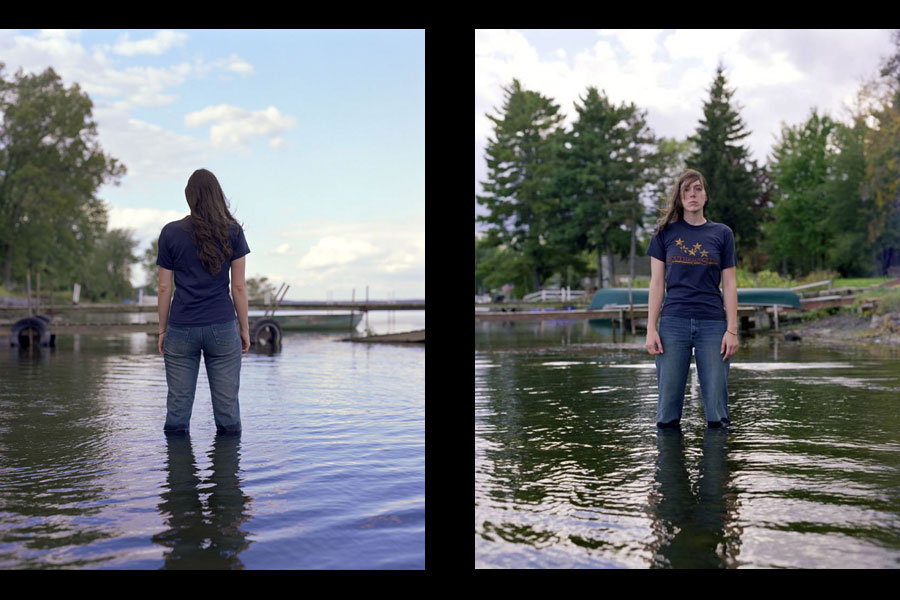
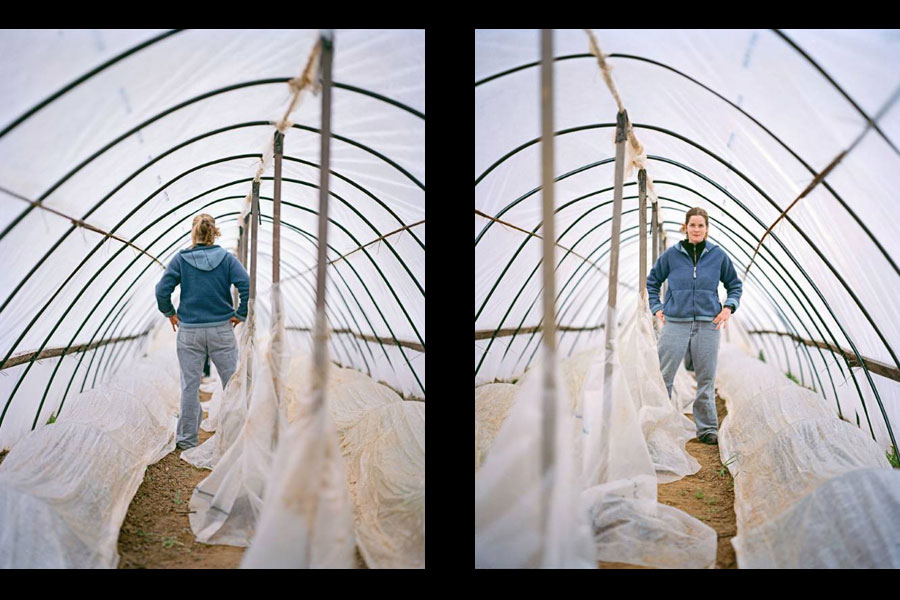
Interview continued
So how are your “Boxes” photographs and your “Medicine Cabinet” photographs related to these new portraits on pedestals?
Although all three shows explore non-traditional forms of portraiture, I believe that the subjects are secondary to the concepts represented. I’ve shown what is hidden inside cabinets to give the viewer a glimpse of what’s on the inside. I place people in boxes to categorize and isolate them. In the latest series, the pedestal takes the photograph off the wall, allowing it three dimensions. The photograph now has the freedom of space, enabling it to turn its back to the viewer.
Is your approach or attitude towards your subjects different in this show from your earlier work?
The work in this show is more personal because I chose mostly family members, lovers, and ex-lovers to pose in environments of their choosing. I was also interested in allowing the viewer or the audience to see what the subject was viewing. I have always been curious what was going on behind the photograph.
In your current exhibition, why did you photograph the fronts and backs of your subjects?
I photographed the backs and fronts of the subjects to allow the audience to have access to the subjects’ perspectives. My goal was to reveal something not seen in traditional portraiture. Capturing one moment in time simultaneously with two cameras affords me the ability to see what is hidden. I heard an artist once say that photography is the history of blindness. This has always fascinated me. What you are capturing is not what you see, but what is hidden behind the shutter.
Working with family seems like it could be complicated or problematic. Why did you end up photographing your family members?
I always photograph my family. I can experiment on them and then move on from there.
What’s the difference then between working with family and working with random subjects?
It’s easier to tell my family what to do.
What’s the family reaction been to your work?
[It’s been] mostly positive. Although, I keep asking my parents to pose nude for a family portrait but they refuse. The photographs they let me take of them haven’t yet put them into compromising positions. So, until that happens, they seem to like to help.
It seems that the people in your latest work are all connected to each other, but that there’s a real sense of separation or individuality. What are their relationships to one another in the context of your installation?
I’m not sure how to answer this. They are individuals. When they are seen in a group they become a crowd. It’s possible that separating them and giving them their own pedestals allows each person to stand out but still remain in a group. To answer this properly, I would wind up sounding like a new-age hippie, so I think I’ll stop there.
